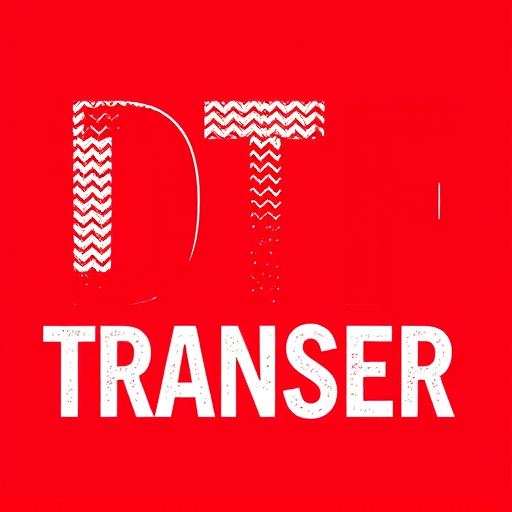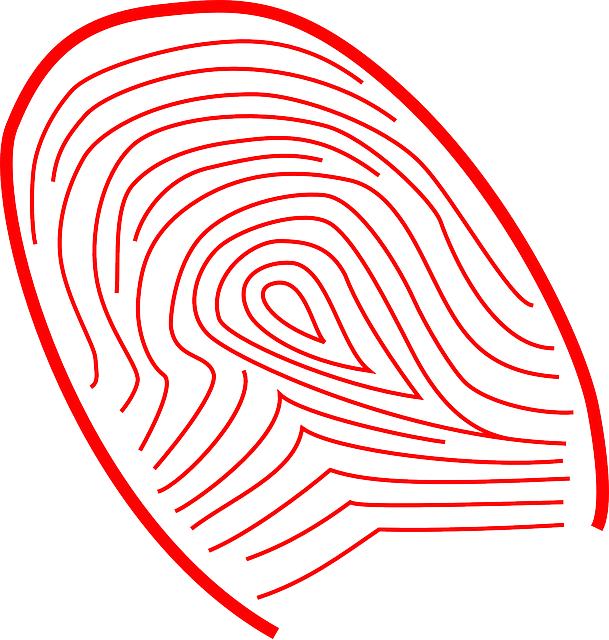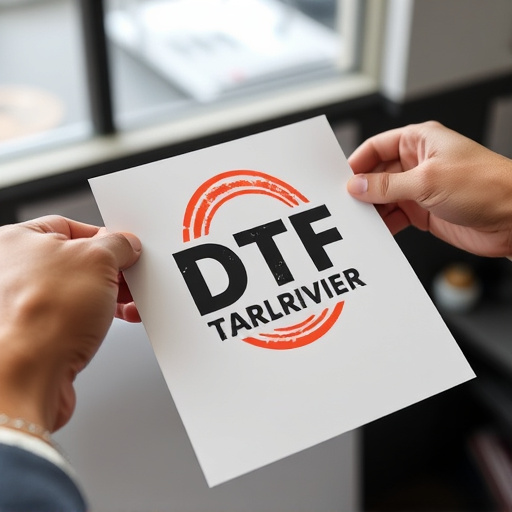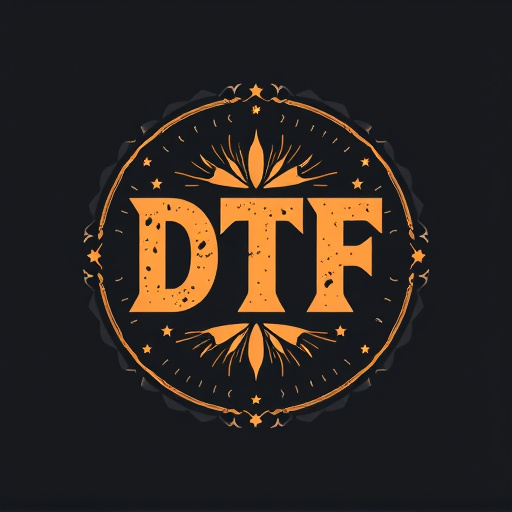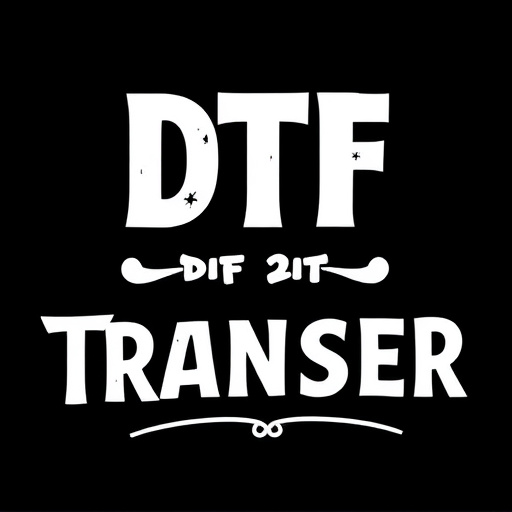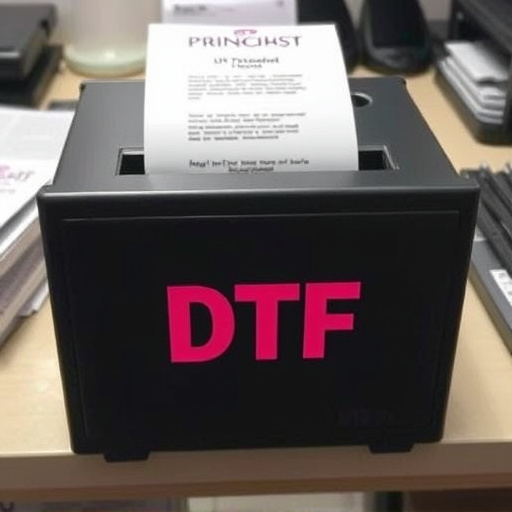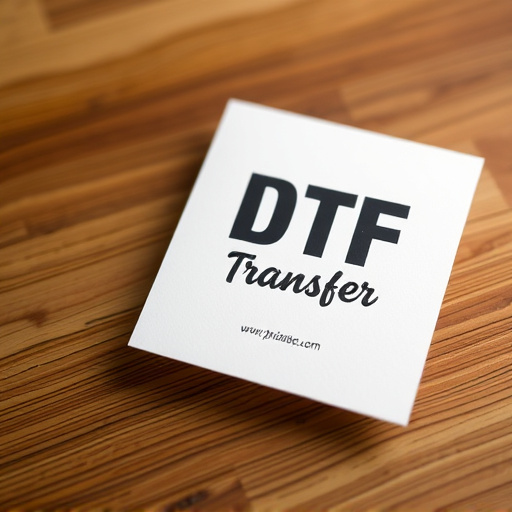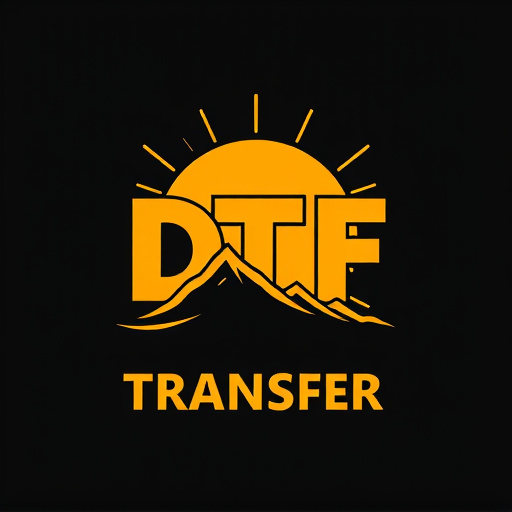Direct-to-Fabric (DTF) transfer printing revolutionizes custom apparel by directly bonding designs onto sweatshirts and hoodies. This method offers superior print quality, durability, and colorfastness, appealing to designers and enthusiasts. DTF allows intricate, vibrant designs with fast turnaround times and on-demand printing, making it cost-effective for bulk orders or single pieces. Choosing the right DTF transfer, considering fabric type, resolution, and ink types, ensures high-quality prints. The evolving DTG industry incorporates DTF transfers, pushing multi-color printing and special effects, fostering excitement in custom apparel production.
In the ever-evolving world of textile printing, Direct to Fabric (DTF) transfers have emerged as a game-changer. This innovative technology allows for high-quality, vibrant prints on a variety of fabrics, including sweatshirts and hoodies, making it a popular choice for designers and businesses alike. In this comprehensive guide, we’ll explore the ins and outs of DTF printing, from understanding the process to uncovering the latest trends in this exciting field. Discover the benefits and learn how to choose the right transfer for your project, ensuring exceptional results every time.
- Understanding DTF Transfers: A Comprehensive Overview
- The Process of DTF Printing: From Design to Fabric
- Benefits of DTF Prints for Sweatshirts and Hoodies
- Choosing the Right DTF Transfer for Your Project
- Quality Considerations in DTF Transfer Application
- Trends and Innovations in DTF Printing Technology
Understanding DTF Transfers: A Comprehensive Overview
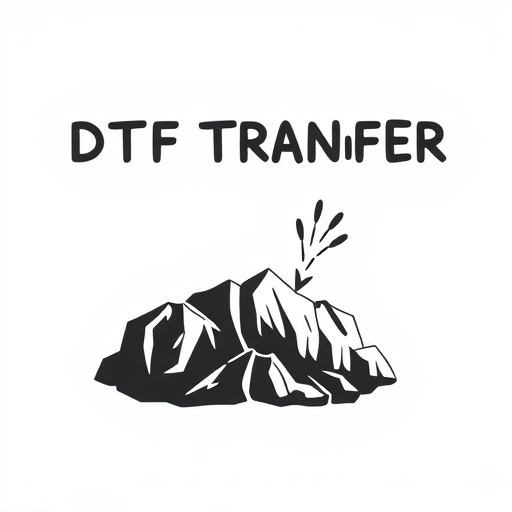
DTF (Direct-to-Fabric) transfers are a revolutionary printing method designed for applications on sweatshirts and hoodies, offering unparalleled quality and durability. Unlike traditional printing techniques that rely on ink absorption, DTF transfers use a unique process to bond designs directly onto the fabric’s surface. This method ensures vibrant, long-lasting prints that maintain their colorfastness even after repeated washings.
The DTF transfer process involves several steps: design creation, film production, and application. First, graphics are designed using specialized software, ensuring they meet the required specifications for the transfer medium. Then, these designs are precisely etched onto a thin, flexible film, often made of mylar or polyester. This film acts as a temporary carrier for the print, allowing for precise placement on the garment before heat activation fuses it to the fabric. DTF Printing provides a range of benefits, from high-definition prints to the ability to capture intricate details and complex color palettes, making it an ideal choice for customizing sweatshirts and hoodies.
The Process of DTF Printing: From Design to Fabric
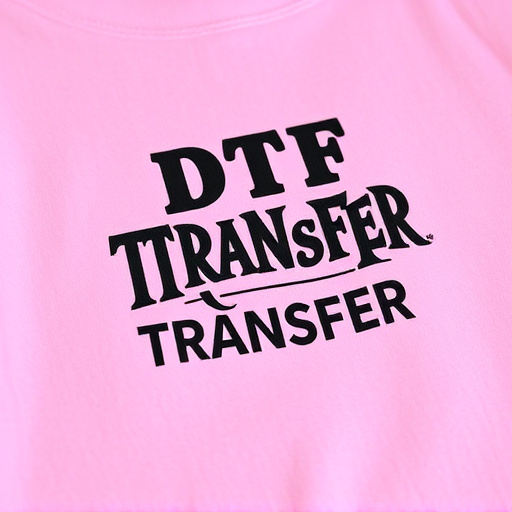
The Direct-to-Fabric (DTF) transfer printing process is a revolutionary way to bring designs from the digital realm to physical garments, specifically sweatshirts and hoodies. It starts with creating or sourcing a design that catches the eye—from intricate patterns to bold typography—which is then prepared for printing. This preparation involves vectorizing the image, ensuring it’s in a format suitable for DTF machines. The design is carefully laid out, taking into account the fabric’s texture and potential limitations of the printing method.
Once the design is finalized, the magic happens. A DTF printer uses specialized ink that bonds strongly to fabrics. The printer precisely applies the ink through tiny nozzles onto a paper carrier, creating a mirror image of the desired design. This transfer paper is then pressed against the sweatshirt or hoodie, allowing the ink to permeate the fabric fibers, resulting in vibrant, long-lasting DTF prints. This method offers a vast array of creative possibilities for custom apparel, making it a favorite among designers and clothing enthusiasts alike.
Benefits of DTF Prints for Sweatshirts and Hoodies
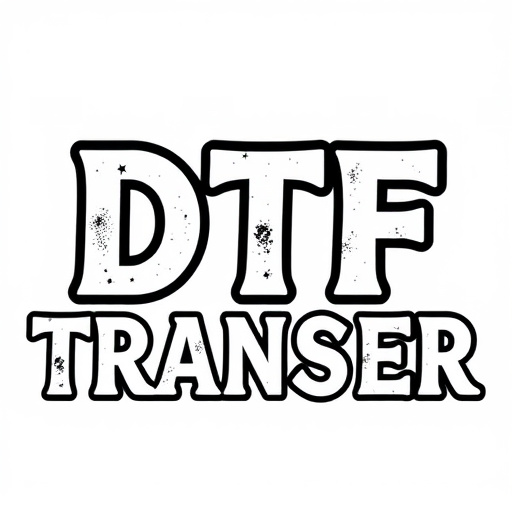
Direct-to-garment (DTF) printing has revolutionized the way we personalize sweatshirts and hoodies. One of the key benefits is its versatility; DTF transfers allow for intricate designs, vibrant colors, and high-quality images to be seamlessly applied to various fabric types, ensuring your artwork looks as good as new even after multiple washes. This method is particularly advantageous for creating custom garments with unique patterns or text, catering to both individual style expressions and bulk orders.
Moreover, DTF prints offer a cost-effective solution without compromising on quality. The direct application technique eliminates the need for expensive screen printing set-ups, making it accessible for businesses and individuals alike. With fast turnaround times and the ability to print on-demand, this technology is ideal for those seeking a dynamic way to transform blank sweatshirts and hoodies into eye-catching, personalized pieces.
Choosing the Right DTF Transfer for Your Project
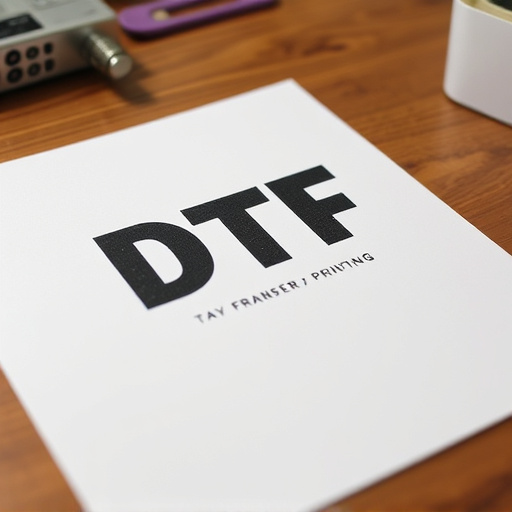
When selecting a DTF (Direct-to-Fabric) transfer for your sweatshirt or hoodie design, it’s crucial to consider several factors that will impact both the quality of the final print and the overall success of your project. First, determine the type of fabric you’ll be applying the transfer to; different fabrics have varying levels of absorbency and porosity, which can affect ink adhesion and color vibrancy. Cotton, for instance, offers excellent ink absorption for rich, lasting colors, while synthetic blends might require specific DTF inks designed for their composition.
Additionally, choose a DTF transfer that aligns with your design’s complexity and detail level. Simple, solid-color designs may not need intricate transfers, whereas complex images or fine lines will demand more advanced options that ensure sharp, precise prints. Remember to factor in the intended wear and care of the garments; if the sweatshirts or hoodies are meant for outdoor activities or intense workouts, consider DTF transfers with superior durability and washfastness ratings to ensure your designs remain vibrant and intact over time.
Quality Considerations in DTF Transfer Application

When applying DTF transfers to sweatshirts and hoodies, quality considerations are paramount to ensure the final prints look vibrant and last on the fabric. The resolution of the DTF file should be high enough to capture intricate details and colors accurately. A minimum resolution of 300 DPI (dots per inch) is recommended for crisp, clear images. Additionally, the color profile and mode used in the printing process play a significant role; CMYK color mode with sRGB or Adobe RGB profiles often yield the best results, especially when printing complex designs.
Another critical aspect is the choice of ink and adhesive. High-quality DTF inks are essential for vibrant prints that withstand washing and fading. Water-based and eco-friendly inks have gained popularity due to their softer handfeel and lower environmental impact. The adhesive used must also be suitable for the fabric type; a strong, permanent adhesive ensures the transfer sticks well and doesn’t peel off over time. Lastly, pre-treating the fabric with a release agent can help prevent smudging and ensure smooth application of the DTF print.
Trends and Innovations in DTF Printing Technology
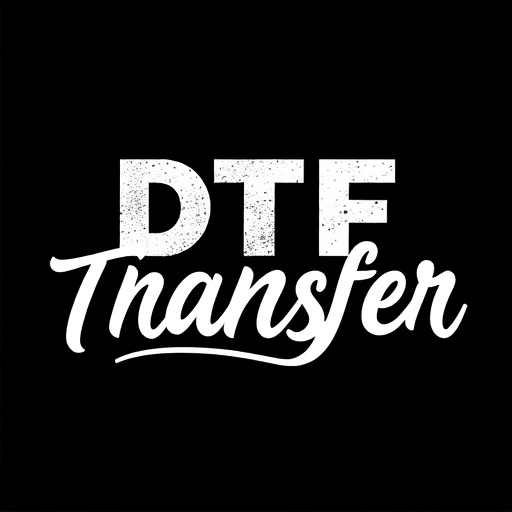
The world of DTG (Direct to Garment) printing has seen a significant evolution with trends and innovations constantly shaping the industry. One prominent development is the rise of DTF (Direct to Fabric) transfers, which offers a superior alternative for printing on sweatshirts and hoodies. This technology bridges the gap between traditional screen printing and modern digital printing methods. By using advanced equipment and specialized ink, DTF transfer prints deliver vibrant, high-resolution DTF prints that are both durable and resistant to fading.
Innovators in the field are constantly pushing the boundaries of what’s possible with DTF printing. Techniques like multi-color printing, where intricate designs can be achieved layer by layer, have become more accessible. Additionally, the integration of special effects inks adds a dimension of creativity, enabling printers to produce unique, eye-catching DTF transfers that cater to diverse consumer preferences. This ongoing progression ensures that custom apparel printing remains dynamic and exciting for both businesses and consumers alike.



